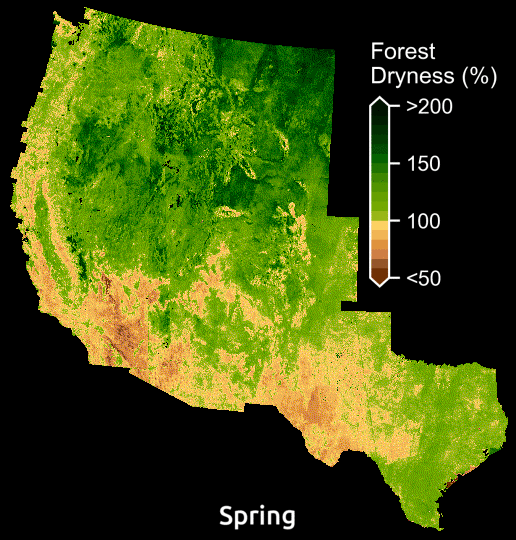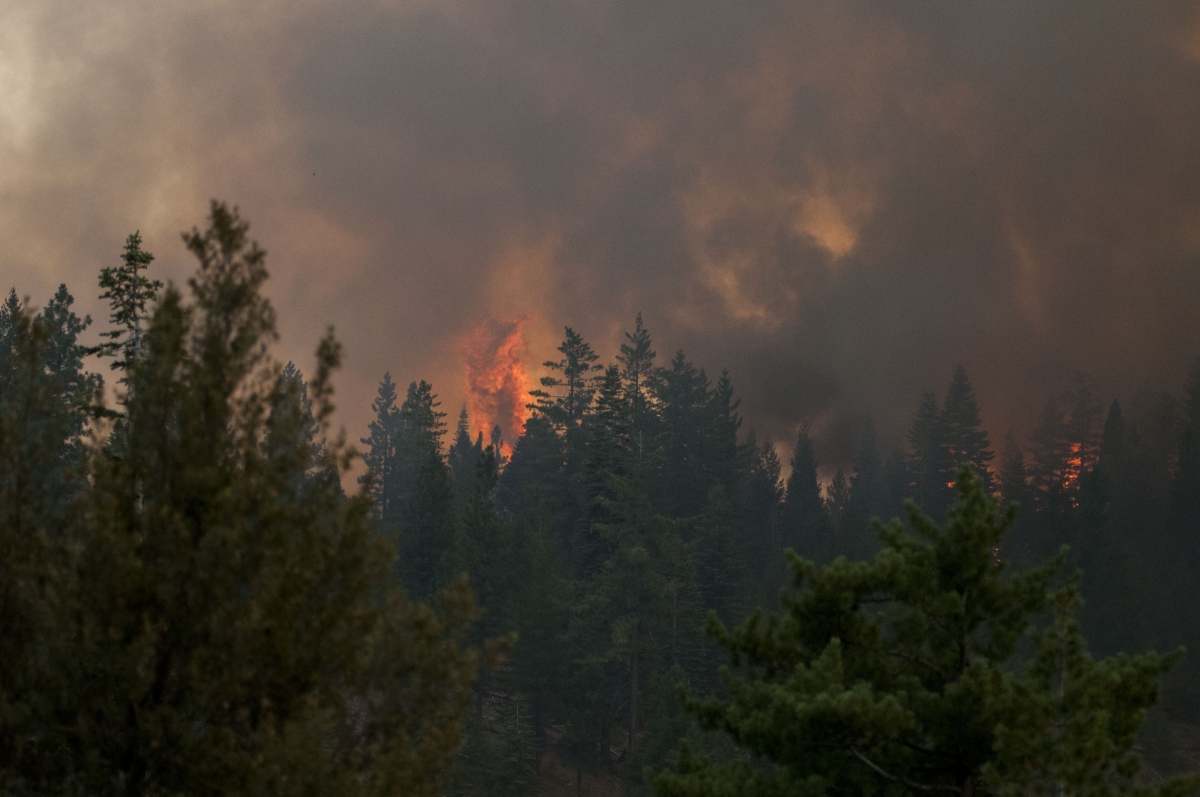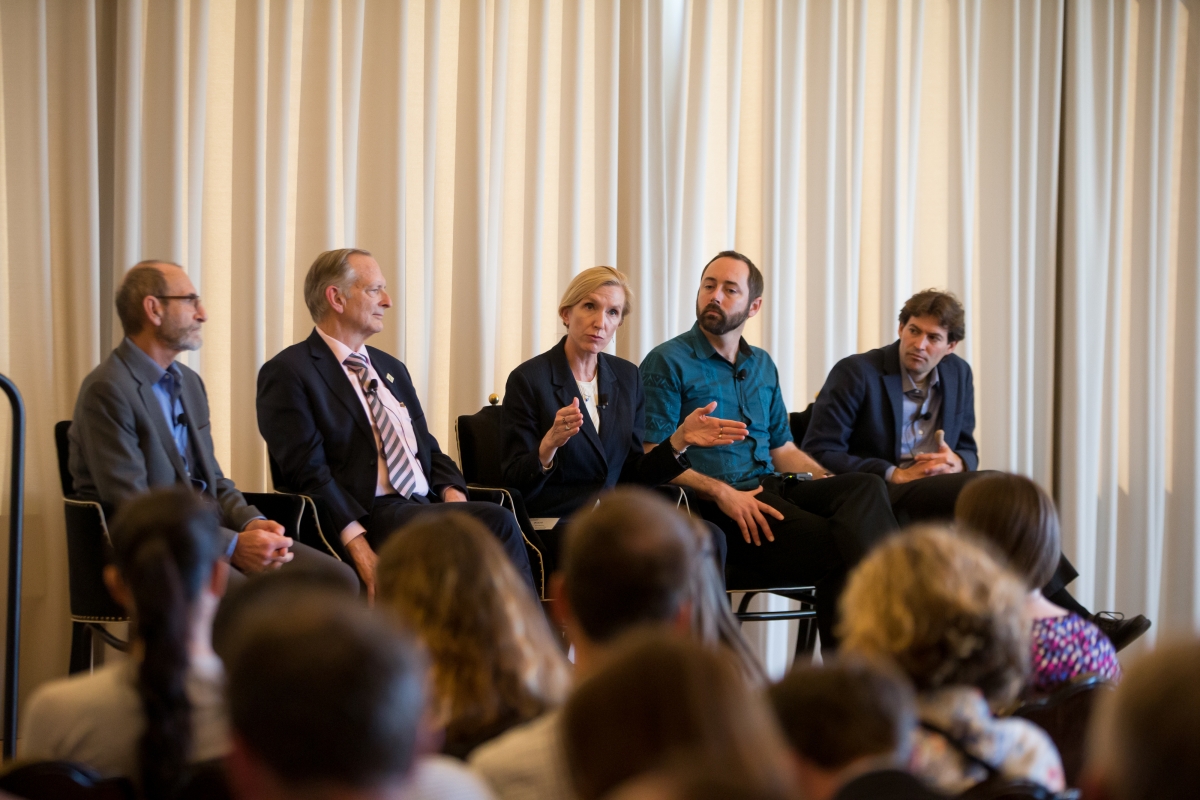The FIRE Approach
Progress in reducing risks from catastrophic wildfire in California requires a systems approach. Effective risk management demands an integrated system of fuels reduction, prescribed burns, and improving structures and communities. We need to start with areas where the dangers are greatest, based on vegetation, topography, climate trends, population, and risks from smoke exposure. FIRE prioritizes areas based on risk and develops treatment plans that combine fuel reduction (through mechanical removal and prescribed burns), control of ignitions (through novel retardants as well as improvements in structures and defensible space), support for relocation (where the risks are too great to be managed through other mechanisms), and attention to extensive as well as intensive health impacts. FIRE will deliver comprehensive recommendations, supporting action by local, state, and federal agencies. Some elements of the FIRE approach are deployed but need to be improved. These include prescribed burns and mechanical fuel reduction. Other elements are new. Specifically, FIRE will pioneer non-toxic fire-retardant delivery. In areas deemed candidates for relocation, FIRE will innovate in working with local stakeholders to navigate the complex legal, behavioral, financial, and geographic issues and constraints. FIRE will also innovate in integrating extensive risks of smoke exposure from wildfires and prescribed burns. To measure success over five years, the project will compare trends in actual and projected wildfire, using established modeling techniques. Benefiting diverse communities and millions of Californians, this project will prevent catastrophic wildfires, avoid impacts, and save billions of dollars, thousands of homes, and hundreds of lives.
"California has 33 million acres of forests. Fighting fires after they start can’t be the answer. We need to get a head of the problem so that fires aren’t catastrophic. We have a system to do that." - Director Chris Field

Rao et al. 2020.
FIRE Approach Elements




